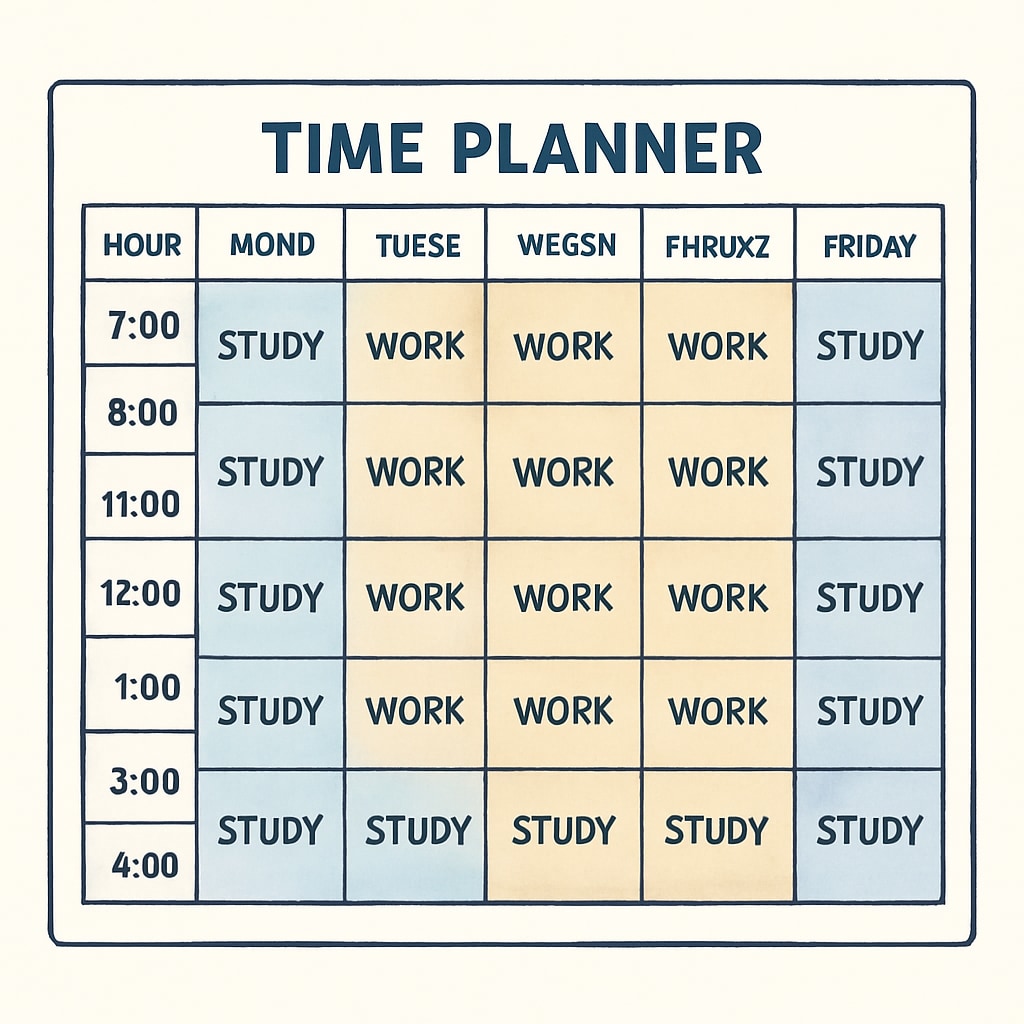Pursuing a master’s degree while maintaining career momentum is no small feat, especially for professionals in their 30s or beyond. The demands of advanced education, combined with work responsibilities and personal commitments, can stretch even the best multitaskers. However, with the right strategies, it’s possible to achieve career development, balance a master’s degree, and master time management effectively.
Why Pursuing a Master’s Degree Matters
For professionals aiming to advance their careers, a master’s degree often serves as a critical stepping stone. It can open doors to leadership roles, specialized positions, and higher earning potential. According to Britannica, higher education enables individuals to deepen their expertise and remain competitive in the evolving job market.
Moreover, for those in technical fields like IT, healthcare, or finance, advanced qualifications are increasingly becoming a necessity, not just an option. A master’s degree signals dedication, expertise, and the willingness to invest in personal growth—qualities that employers highly value.

The Challenges of Balancing Work and Study
Despite its benefits, pursuing a master’s degree while working full-time comes with hurdles. Common challenges include:
- Time Constraints: Juggling classes, assignments, and work deadlines can lead to burnout.
- Financial Pressures: Tuition fees and associated costs may strain personal finances.
- Work-Life Balance: Finding time for family, hobbies, and self-care becomes increasingly difficult.
These challenges require proactive planning and a commitment to managing priorities effectively. As highlighted by Wikipedia, time management is a crucial skill for achieving success in multiple domains simultaneously.
Practical Time Management Strategies
To succeed in balancing work, study, and life, you need a structured approach. Here are some practical tips:
- Set Clear Goals: Define what you want to achieve with your master’s degree and align it with your career aspirations.
- Create a Schedule: Use digital tools like Google Calendar to block out time for work, study, and personal activities.
- Prioritize Tasks: Focus on high-impact tasks first, whether they pertain to your job or coursework.
- Leverage Support Systems: Communicate with your employer, family, and peers about your commitments, and seek their support when needed.
- Practice Self-Care: Incorporate exercise, healthy eating, and relaxation techniques to maintain your physical and mental well-being.

Making It Work: Real-Life Examples
Many professionals have successfully balanced the demands of work and a master’s program. For instance, some opt for part-time study or online programs that offer greater flexibility. Others negotiate with their employers to reduce workloads temporarily or seek sponsorship for their education.
The key is to remain adaptable and resilient. Remember, the journey is as important as the destination—each challenge you overcome builds your capacity to manage complex demands in the future.
The Long-Term Payoff
While the journey to earning a master’s degree may be challenging, the rewards are worth the effort. Graduates often find themselves better equipped to take on leadership roles, switch careers, or even start their own businesses. Moreover, the sense of accomplishment and personal growth that comes with achieving this milestone is unparalleled.
In conclusion, balancing a master’s degree, career development, and time management is a demanding but entirely achievable endeavor. By setting clear goals, leveraging resources, and maintaining a focus on the bigger picture, you can turn this challenging phase into an empowering experience.
Readability guidance: This article uses clear, concise language, short paragraphs, and actionable tips to ensure accessibility. Transition words are incorporated throughout to enhance flow and readability.


